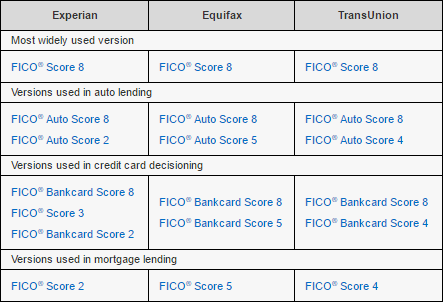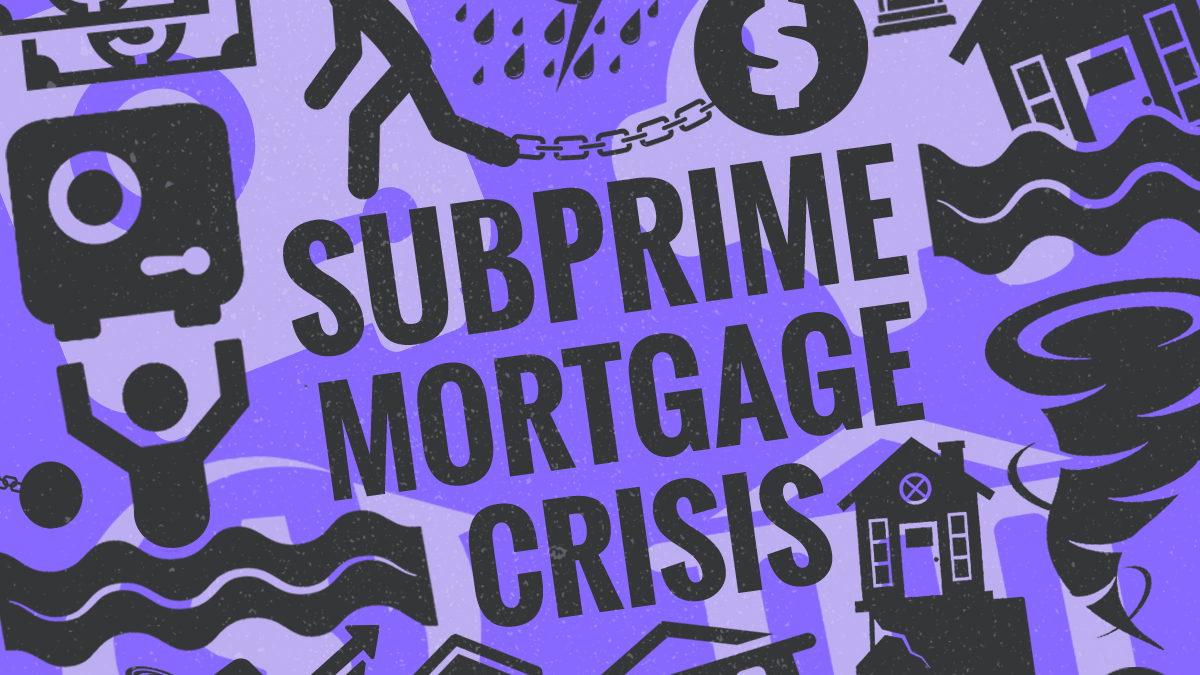After the very first five years, we'll say the rate bumps up by simply a quarter percent each year. By the in 2015, your payment depends on $990, and you 'd pay $147,962 in interest over the life of the loan. Amount You Pay Above Original Purchase Cost $696$ 990 $307,962 $147,962 With a minimum down payment of just 3.
75% interest, your regular monthly payment would total $1,031. That includes $894 for principal and interest, plus $137 for MIP every month. You 'd likewise pay $3,378 in upfront MIP at closing and $128,774 in interest over the life of the loan. Amount You Pay Above Original Purchase Price $1,031 $374,366 $181,366 Let's state you put no cash down on a 30-year home loan at 3.
For this example, we'll presume your VA financing fee is $4,300 and you finance it into your loan since you don't have any extra money on hand. That indicates your regular monthly payment would be $917 and your overall interest paid would pertain to $125,963. Amount You Pay Above Original Purchase Price $917 $330,263 $130,263 If you put 5% down and finance the rest with a at 3.
5% (or $79/month) for this example. which of these statements are not true about mortgages. Your overall interest paid would pertain to $131,642 by the time your mortgage is done, and your PMI would automatically drop off after a little over 8. 5 years. Quantity You Pay Above Original Purchase Cost $972 ($ 893 after PMI drops off) $339,779 $139,779 If you put 20% down on a 15-year fixed-rate home mortgage at 3.
That saves you anywhere from $85,000 to $107,000 in interest charges alone! Imagine what you could achieve with that kind of money in your pocket! Quantity You Pay Above Original Purchase Price $1,115 $240,624 $40,624 If we stack these 5 home mortgage options against each other, it's simple to see where website the costs accumulate.
Now that you understand the math, do not get a house with a home mortgage that'll squash your financial dreams. To assist get the process began, link with our pals Have a peek at this website at. They're a relied on loan provider who in fact believes in debt-free homeownership. After that, make certain and connect with a who will keep your benefits in mind and focus on serving you initially in your look for the ideal house.
Homeownership can be both rewarding and a great financial decision for your future. However as anyone who has dipped their toes into the home-buying process understands, the pressure to find and protect the "ideal" home loan can feel frustrating, particularly if you're a first-time house buyer. Throughout the early phases of the home-buying processpossibly while you're looking into areas and schools, searching for properties, and nailing down the details of your budgetit would serve you well to do some research study into the kinds of home loans readily available.
Why Do Banks Make So Much From Mortgages Fundamentals Explained
As you have actually likely observed, there are many mortgage types available to debtors. The process of requesting a mortgage can be complicated, and one of the initial steps for a homebuyer is to choose which type of loan will finest serve his/her needs. Some home mortgage candidates are newbie property buyers, looking for to purchase a home as a main home, while others are seasoned domestic homebuyers, with experience acquiring homes primarily for financial investment functions in the kind of rent revenue and property appreciation.
Brace yourself, because the procedure definitely requires you harness your best inner comparison buyer. You'll require to consider the ins and outs of each alternative alongside your personal and monetary requirements. To assist make the decision a bit simpler, we've compared the benefits and downsides of each home mortgage type listed below.
The length of set rate loans can vary, but 2 of the most typical time frames are 15 and 30 years. A 30-year fixed-rate loan is the most typical, though you can conserve a lot in interest if you select a 15-year loan. Regular monthly payments on a 15-year loan will be much higher than for a 30-year home mortgage, so it's probably smart to devote just if you're positive that it operates in your budgeteven in case of a financial emergency.
However, one drawback is that if you get a loan when rate of interest are high, you're locked into that greater rate for the entire term of the loanunless you refinance. If you have a high fixed rate mortgage in a low rates of interest environment, you might be able to re-finance your mortgage when rate of interest drop.
Adjustable rate home mortgage (ARM) loans have an interest rate that changes throughout the life of the loan as rates of interest vary. ARMs usually have a preliminary fixed-rate period of in between 5 and 10 years, throughout which the interest rate is repaired. ARMs are frequently expressed in two numbers (like 5/1 or 2/28), although those numbers do not follow one particular formula (they might represent years, months, number of yearly payments, etc.).
After the fixed-rate period of an ARM, the interest rate changes to variable. The variable rate is generally set based upon a benchmark index rate that differs based on market conditions. Throughout the fixed-rate duration, the interest rate is typically lower than the rates of interest on a standard fixed-rate loan.


An ARM may work best for someone who plans to pay off their home loan in 5 years or less, or is dedicated to refinancing prior to the ARM's rate increase. Rate boosts in the future could be significant, although there are limitations to the yearly and life-of-loan modifications, usually leaving adjustable-rate mortgage-holders with much higher month-to-month payments than if they had devoted to a fixed-rate home mortgage.
Some Known Facts About What Were The Regulatory Consequences Of Bundling Mortgages.
A conventional loan is a mortgage loan come from by a bank or private loan provider, and is not backed or insured by the federal government. Banks and lenders usually take a look at credit report and debt-to-income ratio, amongst other factors which will differ by loan provider, in examining standard loan applications. Down payments (up-front money) are typically needed when getting a traditional home loan.
Conventional loans might have stricter requirements than https://juliuseppy658.skyrock.com/3345947688-Some-Known-Questions-About-Mortgages-What-Will-That-House-Cost.html government-backed home mortgage, which can make them a little more tough to certify for than a government-backed loan. Nevertheless, some borrowers might acquire conventional loans for a second house or financial investment home since the majority of government-backed mortgages can only be utilized to purchase primary homes (how did clinton allow blacks to get mortgages easier).
Conventional fixed-rate home loan typically need a minimum of a 620 FICO credit score and a deposit in between 5% and 20% (novice property buyers might be able to put down as low as 3% . If you put less than 20% down, however, personal mortgage insurance is requiredbut you have choices.
Monthly PMI requires to remain in location till your loan-to-value ratio reaches 78%. (The loan-to-value ratio is the quantity of the mortgage you are obtaining relative to the appraised worth of the home. The more money you put down, the lower your loan-to-value ratio is, and vice-versa.) A range of home types would receive a traditional home loan.
Traditional loans tend to have stricter requirements for certification and might require a higher deposit than federal government loans. For house purchasers searching for more versatile loaning standards, government-backed loans such as Federal Housing Administration (FHA) loans and Department of Veterans Affairs (VA) loans for veterans can be enticing choices.